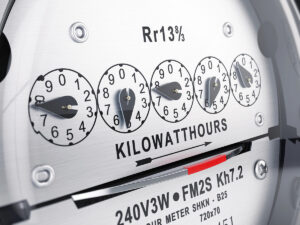 Standby power consumption, often referred to as “vampire power” or “phantom load,” occurs when electrical devices consume energy even when turned off or in standby mode. This is typically due to internal components like power supplies, sensors, or displays that require a constant power flow to maintain functionality, such as clocks on microwaves or remote control sensors on TVs. While these devices may only consume a small amount of electricity individually, their combined impact across a home or business can be significant, especially when added up over time.
Standby power consumption, often referred to as “vampire power” or “phantom load,” occurs when electrical devices consume energy even when turned off or in standby mode. This is typically due to internal components like power supplies, sensors, or displays that require a constant power flow to maintain functionality, such as clocks on microwaves or remote control sensors on TVs. While these devices may only consume a small amount of electricity individually, their combined impact across a home or business can be significant, especially when added up over time.
The main contributors to standby power consumption are devices such as televisions, gaming consoles, computers, and chargers. Even when these electronics appear to be off, they often remain in a low-power state to allow for quick start-ups or background updates. This constant energy draw can account for a notable portion of household energy use—estimates suggest that standby power can make up as much as 5-10% of total energy consumption in an average home. This not only affects energy bills but also has broader environmental implications by contributing to unnecessary electricity generation and associated carbon emissions.
Reducing standby power consumption can be a simple yet effective way to lower energy bills and decrease a household’s environmental footprint. Solutions include unplugging devices when they are not in use, using power strips with on/off switches, or investing in smart plugs that automatically cut power to devices when they enter standby mode. Many modern devices are also being designed with energy-efficient standards, reducing their standby power draw. By making small changes in how we manage our electronics, we can significantly reduce wasted energy and take a step toward a more sustainable lifestyle.